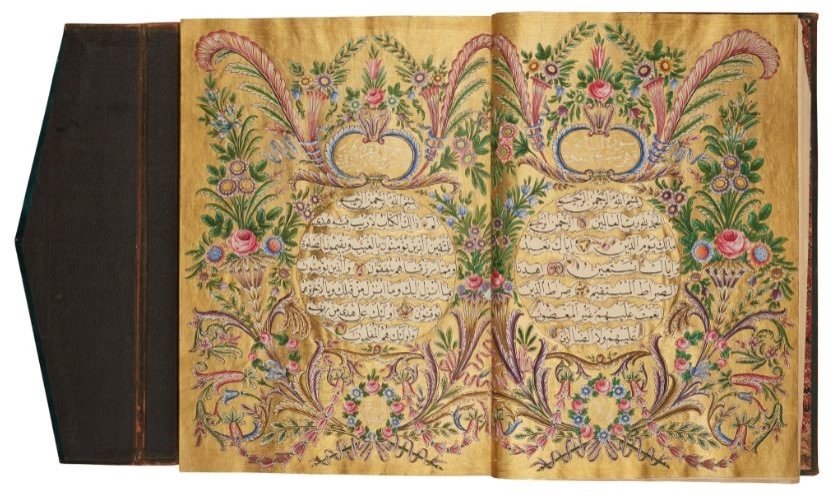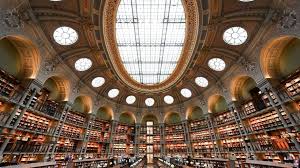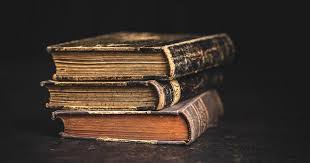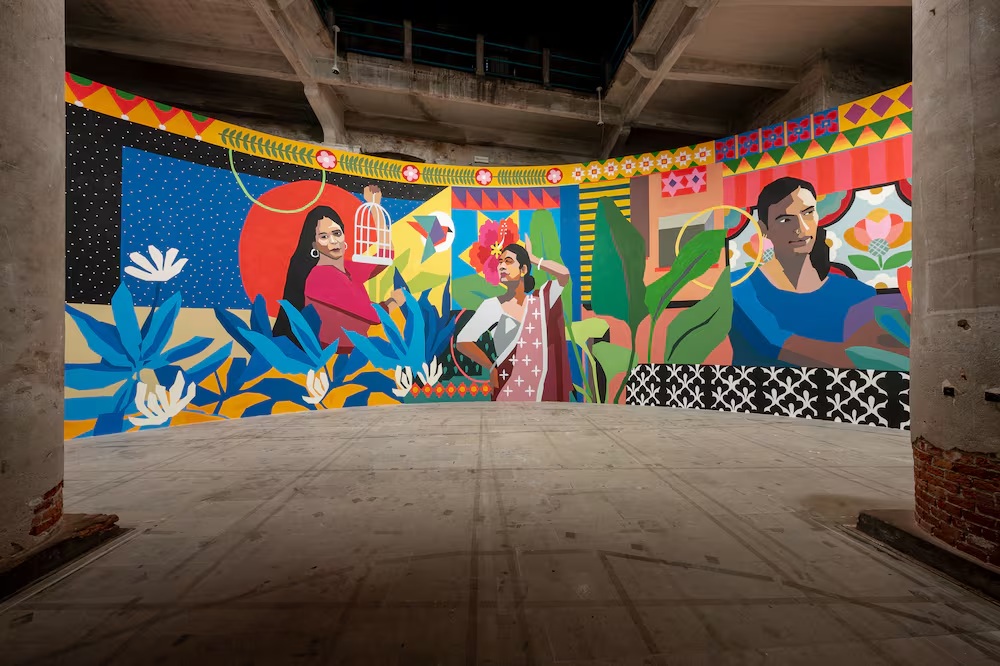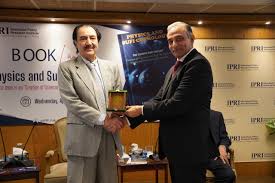
PARIS (DPA): With its masterpieces of classical modernism, including works by Paul Cezanne, Claude Monet, Pierre Bonnard, Henri Matisse and Paul Gauguin, the “Morozov Collection” exhibition at the Fondation Louis Vuitton in Paris has been welcoming visitors free of charge to enable wider access. The show is officially set to end on April 3.
The collection of the Russian Morozov brothers has attracted more than 1.3 million visitors so far. But since the Russian invasion of Ukraine, there have been calls on social media for the show to close early – and even for the works to be confiscated.
The exhibits are on loan from Russian public and private collections. As the Paris art show draws to a close, the question of what will happen to the exhibits is becoming a more and more controversial topic.
It’s a topic that numerous museums across Europe and beyond are dealing with as they fill their halls with art from Russia.
Beyond the political debate, there are even challenges when it comes to transporting art to and from Russia, due to closed air space.
Turned down loans
In Germany, some museums, such as the Städel in Frankfurt, have decided to forego loans in light of the war in Ukraine.
Among the 70 or so Impressionist works in its Pierre-Auguste Renoir show, which opened at the beginning of March, were two paintings to come from Russia.
Due to the current geopolitical situation, the exhibition was cancelled at short notice for logistical reasons, Städel director Philipp Demandt said. Other institutions in Germany, including the Friedenstein Castle Foundation in Gotha, have put their cooperation with Russian museums on hold.
According to its own information, the Fondation Louis Vuitton in Paris is set to return the Monets, Bonnards, Matisses, Gauguins, Cezannes to Russia in April.
At this point the insurance contracts will also expire, as will the so-called unseizability decree (arrete d’alienation), which has protected cultural assets of foreign states and foreign public collections from seizure and forced sale since 1994.
The works in the Morozov collection are on loan from public institutions such as the Hermitage in St Petersburg, the Pushkin State Museum of Fine Arts and the Tretyakov National Gallery in Moscow. But there are also works from Russian private collections that are excluded from this law.
A threat of confiscation?
Can the works be confiscated, many are now asking. Theoretically, yes. But the protective mechanism can be extended, provided that the duration of the loan is also extended, Antoine de Baecque, lawyer and art market expert, explained in the daily newspaper Le Figaro.
The situation is clearer in the case of privately owned works for which the law of unseizability does not apply. One such painting is the self-portrait of the painter Pyotr Petrovich Konchalovsky (1876-1956).
This belongs to the billionaire Pyotr Olegovich Aven, one of the oligarchs on the European Union sanctions list. The lawyer and art market specialist Olivier Fournol told the weekly newspaper Marianne that the French Ministry of Economy had not initiated any proceedings so far.
There are more than 500 individuals and companies on the ministry’s sanctions list. Some yachts have already been detained by France.
Russian collectors and patrons have been shaping the art world since the beginning of 2000, but in recent days several have resigned from museum boards.
Vladimir Potanin withdrew as a trustee from the Guggenheim Museum. The billionaire was a major supporter of exhibitions. In 2016, he also donated around 250 works to the Centre Pompidou in Paris.
As a trustee of the Royal Academy of Arts in London, Pyotr Olegovich Aven also stepped down. In 2017, he financially supported the exhibition “Revolution: Russian Art (1917-1932)”. As a patron, he also contributed to the current exhibition “Francis Bacon: Man and Beast.” Awen is on the sanctions list. The institution now wants to return his donation.
The post Russian invasion of Ukraine: On effect of war at int’l exhibitions appeared first on The Frontier Post.



